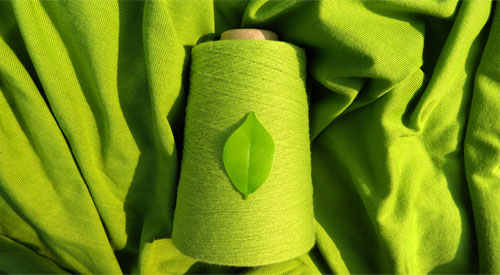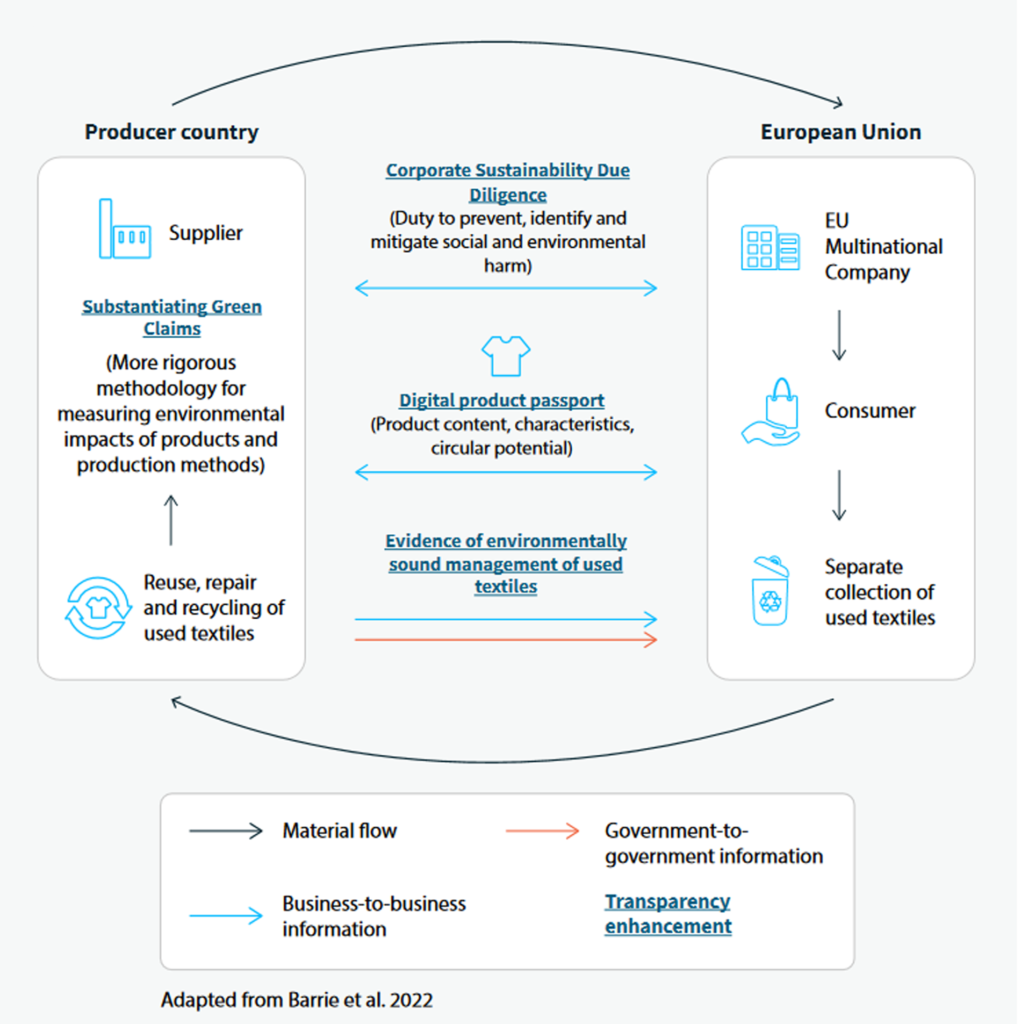Sustainable and Circular Textiles
The average European discards about 11 kg textiles every year. Consumption of textiles in the EU has the fourth highest impact on the environment and climate change, after food, housing and mobility. Additionally, it ranks third in water and land use, and fifth in the use of primary raw materials.
The proposal fpr a EU’s Strategy for Sustainable and Circular Textiles outlines a vision and actionable steps to ensure that textile products sold in the EU market by 2030 are durable, recyclable, predominantly made from recycled fibers, free from hazardous substances, and produced in a manner that respects social rights and the environment. The goal is for consumers to enjoy high-quality textiles for longer, while fast fashion becomes less popular.
The strategy also aims to make economically viable reuse and repair services widely available. Producers within the textiles sector must take responsibility for their products throughout the value chain, including during the waste stage. This will foster a thriving circular textiles ecosystem, supported by innovative fiber-to-fiber recycling capabilities, while minimizing the incineration and landfilling of textiles.
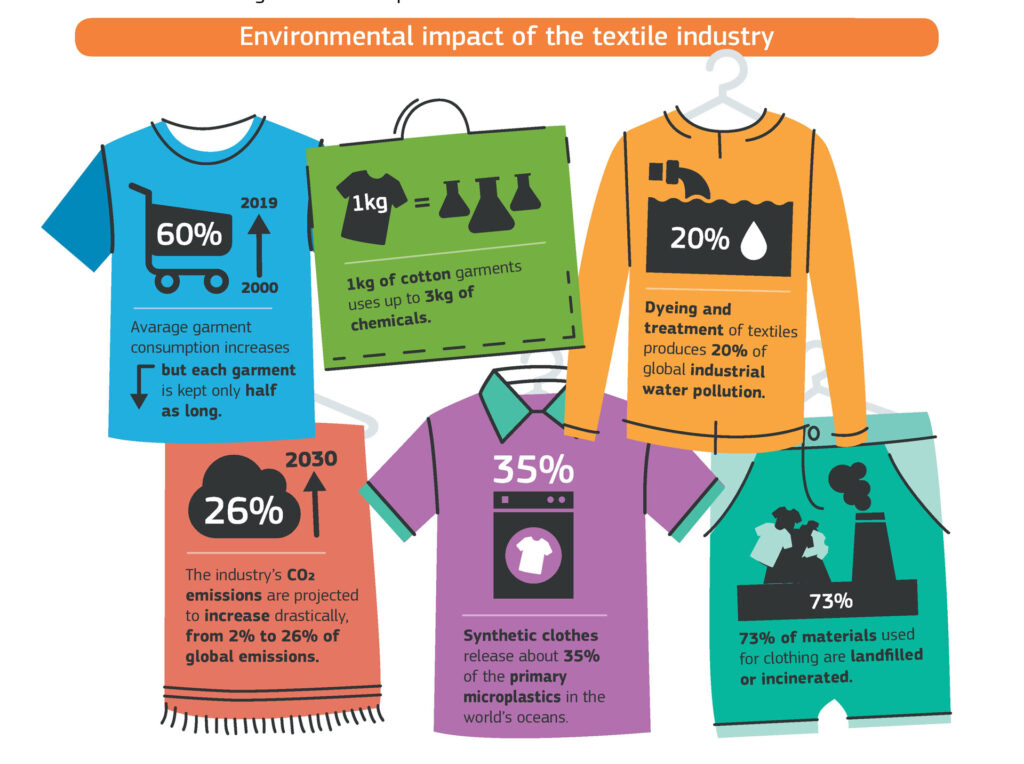
The EU Commission’s 2030 Vision for Textiles
Textiles placed on the EU market are:
• durable, repairable and recyclable • to a great extent made of recycled fibres • free of hazardous substances • produced respecting social rights
Quality pledge
”Fast fashion is out of fashion” - consumers benefit longer from high quality textiles
Right to repair in place
Profitable re-use and repair services are widely available.
Established producer responsibility
In a competitive, resilient and innovative textile sector producers take responsibility for their products along the value chain.
Shifting Norms
Circular rather than throw-away clothes have become the norm, with sufficient capacities for recycling and minimal incineration and landfilling
Measures of the Strategy:
- ecodesign requirements for textiles
- enhanced information provision
- implementation of a Digital Product Passport
- a mandatory EU extended producer responsibility scheme
Specific measures will include ecodesign requirements for textiles, enhanced information provision, the implementation of a Digital Product Passport, and a mandatory EU extended producer responsibility scheme. The strategy also includes initiatives to address the unintended release of microplastics from textiles, ensure the accuracy of green claims, and promote circular business models such as reuse and repair services.
To combat fast fashion, companies are called upon to reduce the frequency of new collections, take responsibility for minimizing their carbon and environmental footprints, and member states are encouraged to adopt favorable taxation measures for the reuse and repair sector. The Commission will also conduct awareness-raising activities to promote this shift.
The external dimension
Circular policies aimed at the textile sector will encompass the entire value chain, encompassing aspects such as design, chemical usage, waste management, and sourcing of recycled materials. Furthermore, there are upcoming policies specific to textiles inlcuding those mentioned above – such as , the introduction of digital product passports, and the expansion of extended producer responsibility to more countries and the mandatory supply chain due diligence.
Examples of DG INTPA (co-funded) support to more green and circular textile value chains
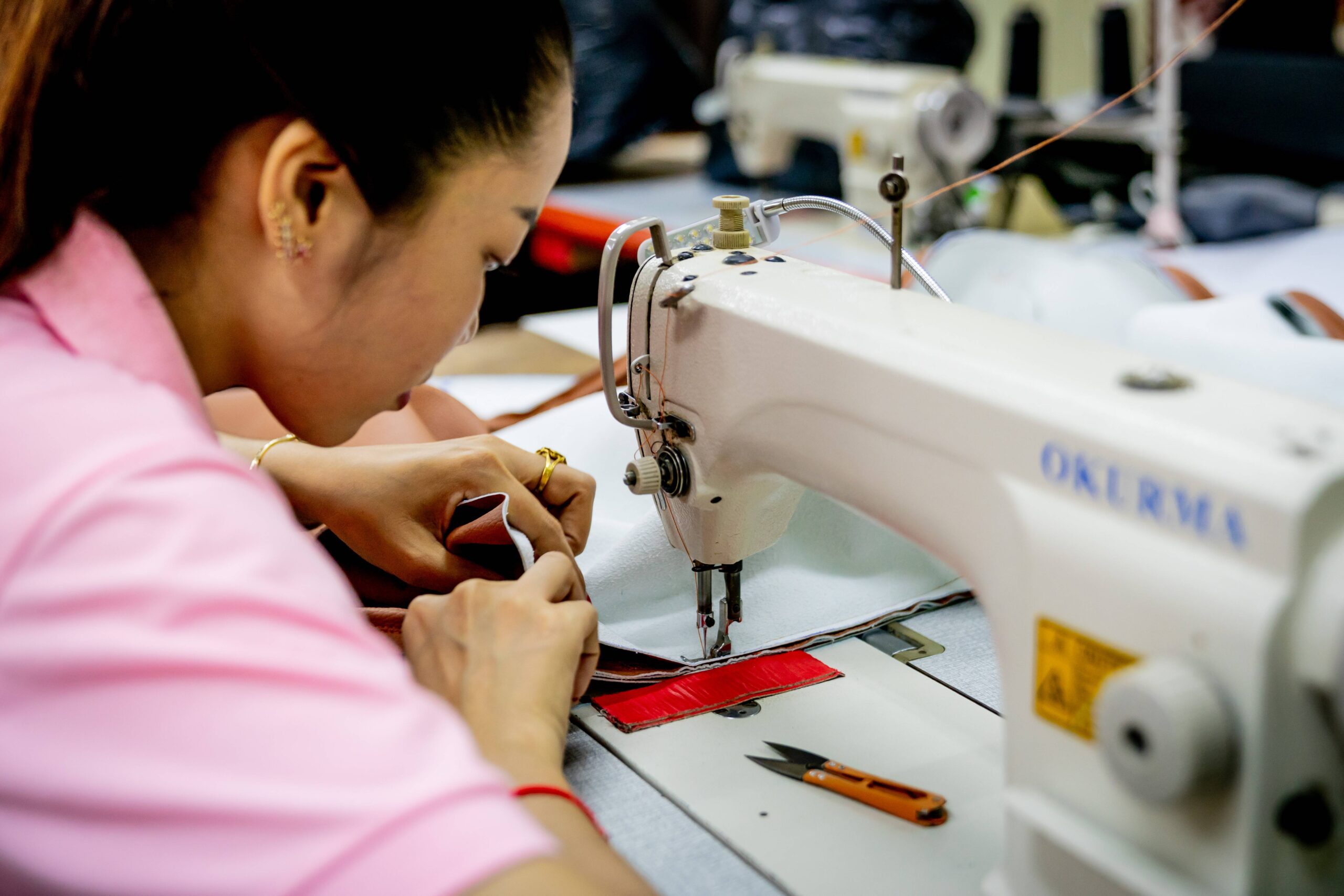
SWITCH Garment in Cambodia (2020-2024) boosts efficient technologies, switch to renewable energy and good operations management by garment factories. Economic modelling projects that a 20% increase in energy efficiency in the garment sector would lead to an increase of 31% in energy productivity by 2030 and US$ 2 billion of avoided energy costs. The project is to decrease GHG emissions by 175,000 tCO2e by 2025 against the baseline.
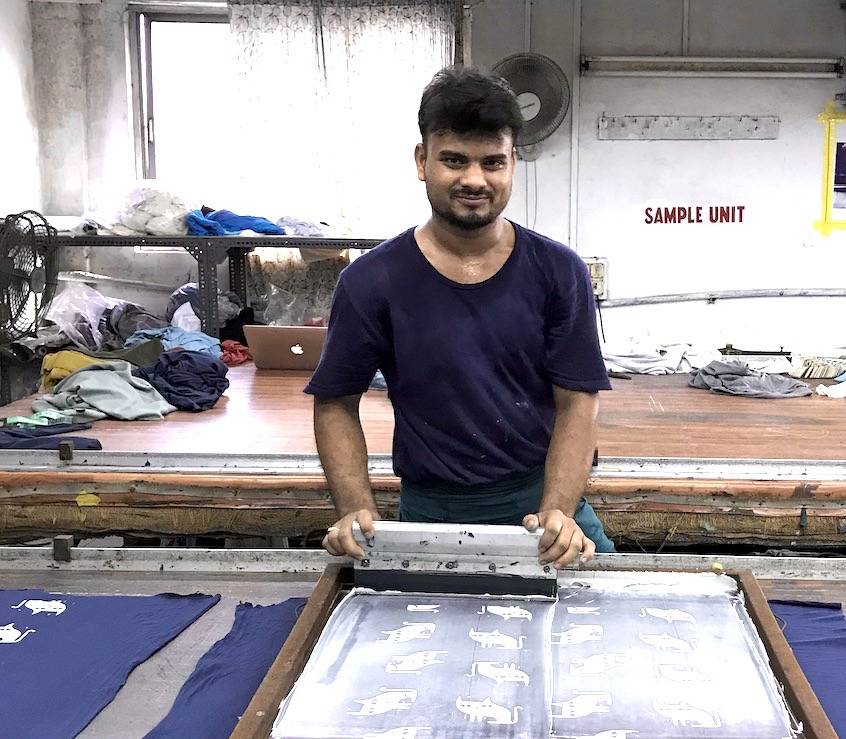
Switching to Green & Fair Fashion (2022-2026) works with multiple stakeholders on adopting sustainable processes, including reduction of water and toxic chemical use, as well as assures their product traceability and adherence to certification schemes. The project further applies components from the ESG reporting requirements under the EU Green Deal and India’s National Guidelines on Responsible Business Conduct. The project establishes innovative pilots on resource efficiency and reduced resource footprint as well as training on sustainability certification.
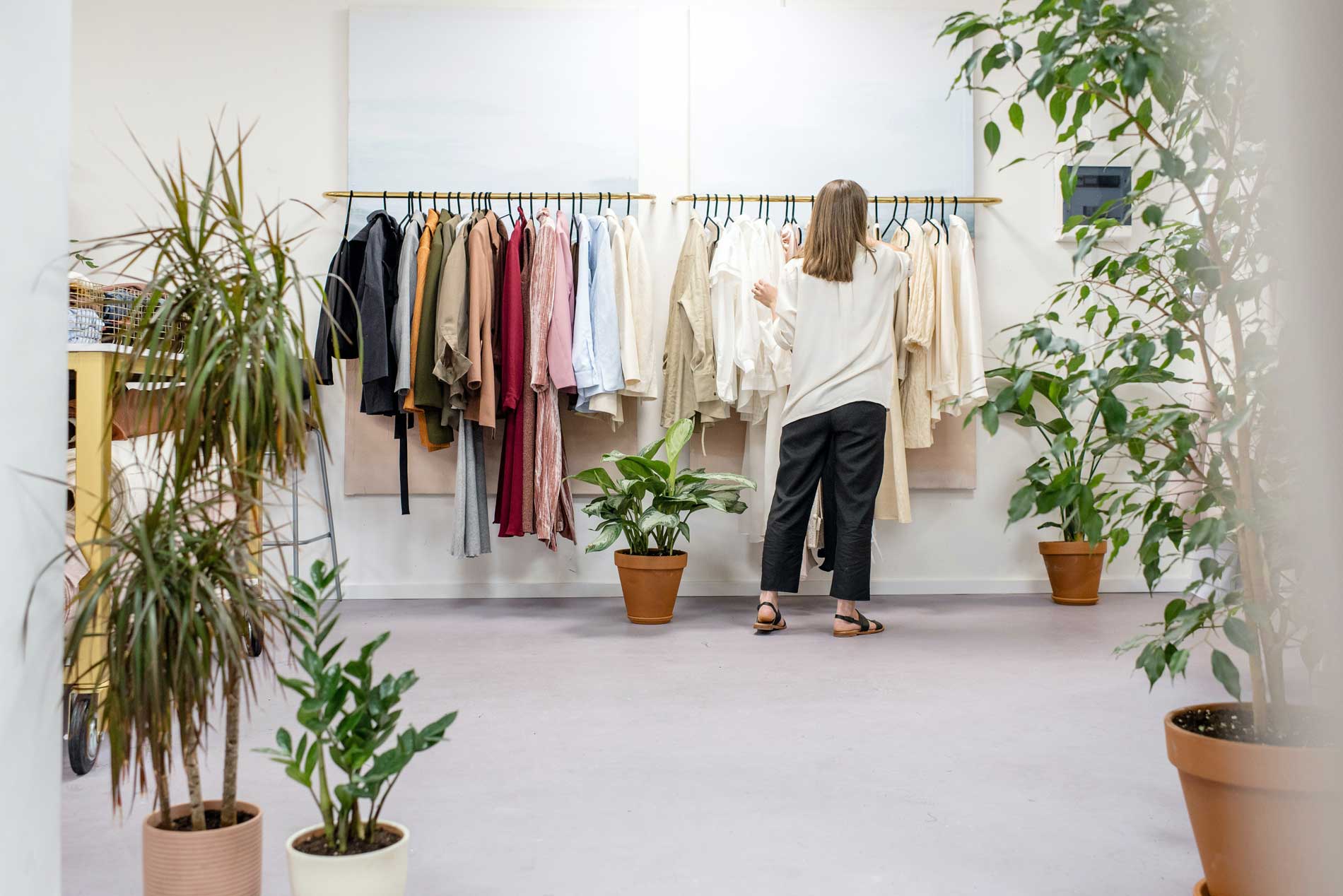
Switch to Circular Value Chains Pilot with H&M builds indigenous capacity and capability of the local supply chain through surfacing, testing, piloting, and scaling the adoption of collection, sorting and recycling solutions for cotton and polyester to increased feedstock of recyclable textile waste. Thereby the project reduces its’ carbon footprint, decreases the dependence on import of plastic granules, and established an ethical and traceable collection mechanism for PET waste established.
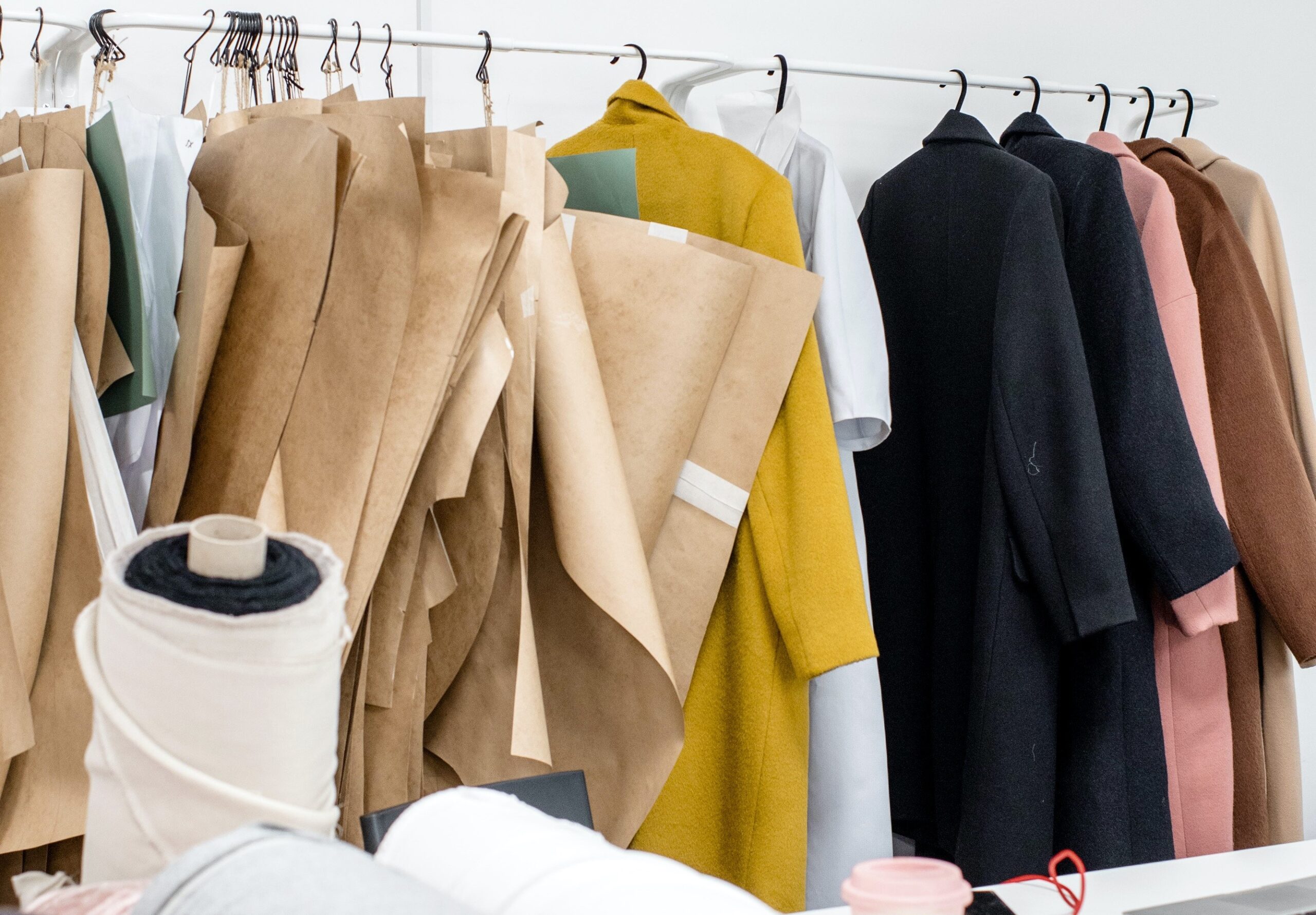
Switch to Circular Value Chains Pilot with Bestseller scales up traceable textile recycling with suppliers in Bangladesh, capturing and valorising high volumes of post-industrial textile waste. The project reduces GHG emission by annually increasing the number of garments made in recycled materials by 10%. The project aims at increased volume of collected textile waste traced to recycling by participating suppliers in Bangladesh with 50% increase per year from approximately 20 tonnes/month.
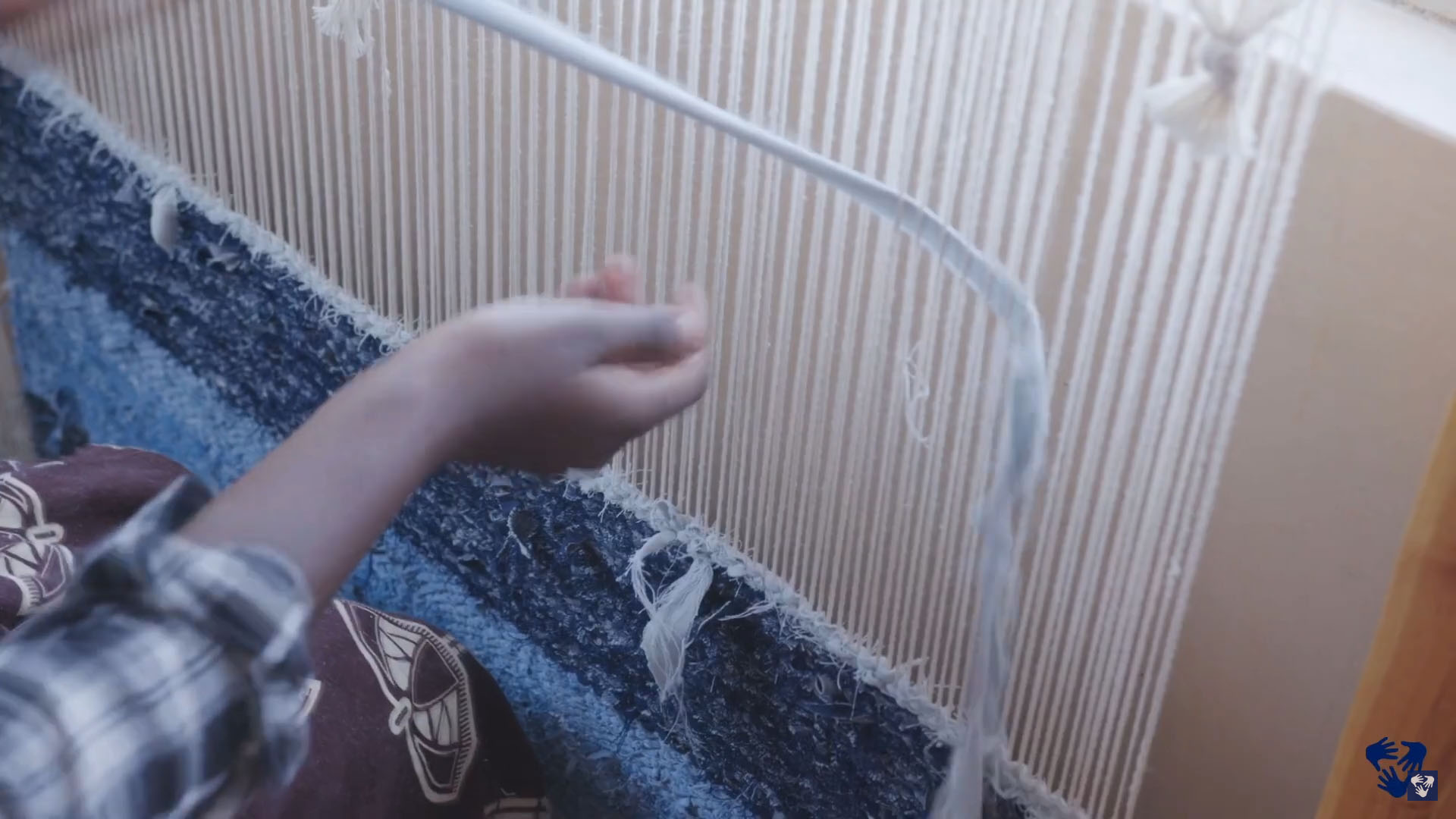
The Innovative Business Practices and Economic Models in the Textile Value Chain (InTex) project (2020 to 2024) works with SMEs and governments to increase knowledge on resource efficiency, life cycle thinking, circularity and eco-innovation in the textile value chain. In Kenya, South Africa, and Tunisia, the project accompanies textiles businesses to transform their approach and business.
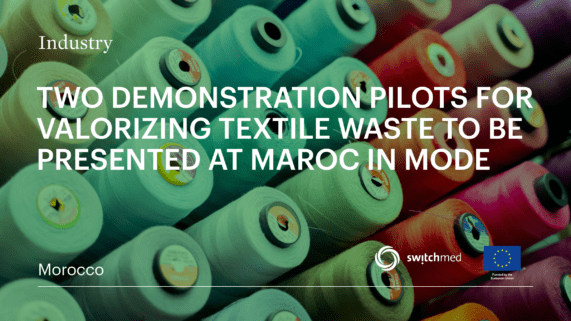
The SwitchMed Programme in Morocco and Tunesia focuses on more circular and less polluting value chain of the textile and garment industry. Together with global brands, international key-experts, local stakeholders, and actors along the Moroccan textile value chain, UNIDO will work on developing an infrastructure that can valorize post-industrial and pre-consumer textile waste; and to build local capacities to help eliminate the use of hazardous chemicals in the textile production.
